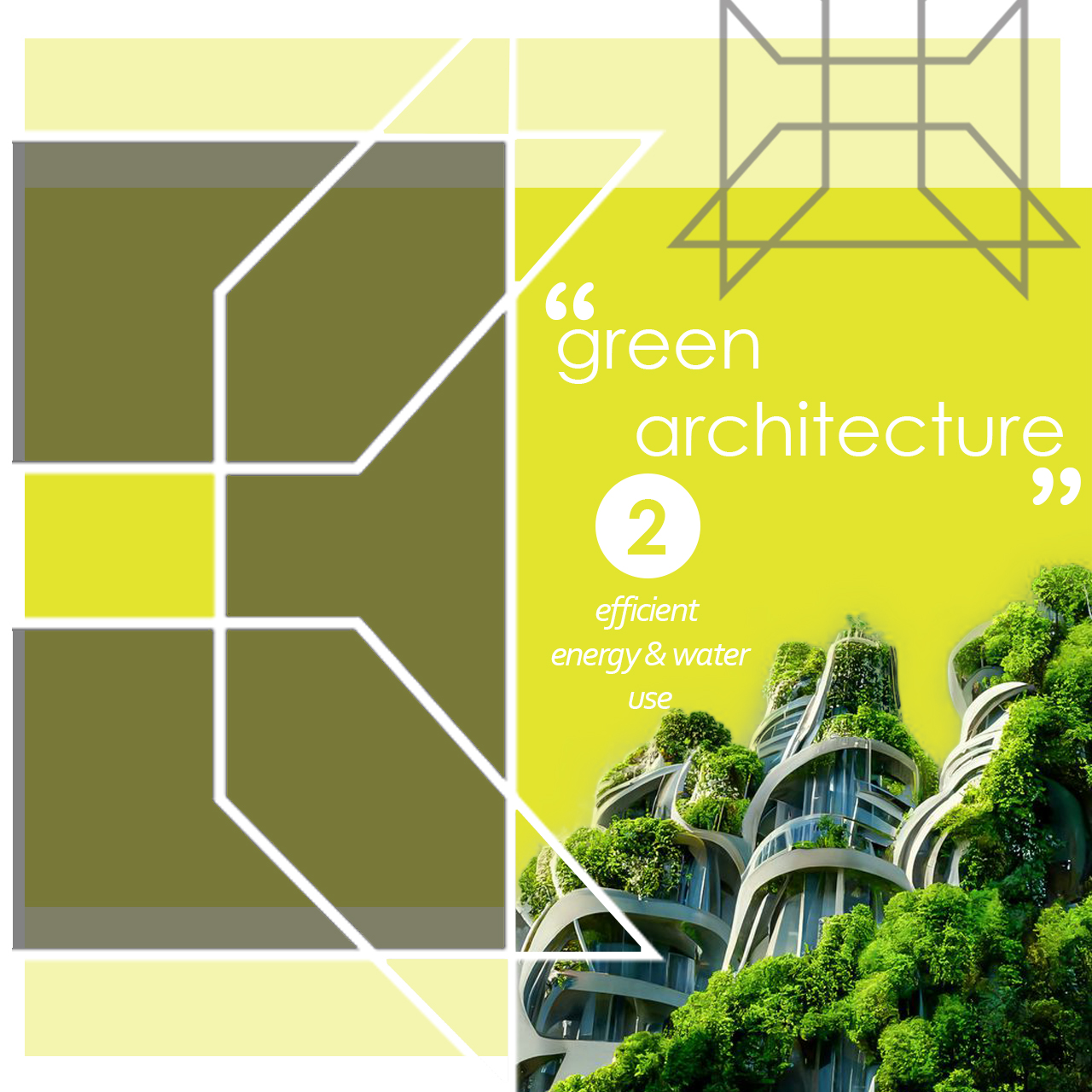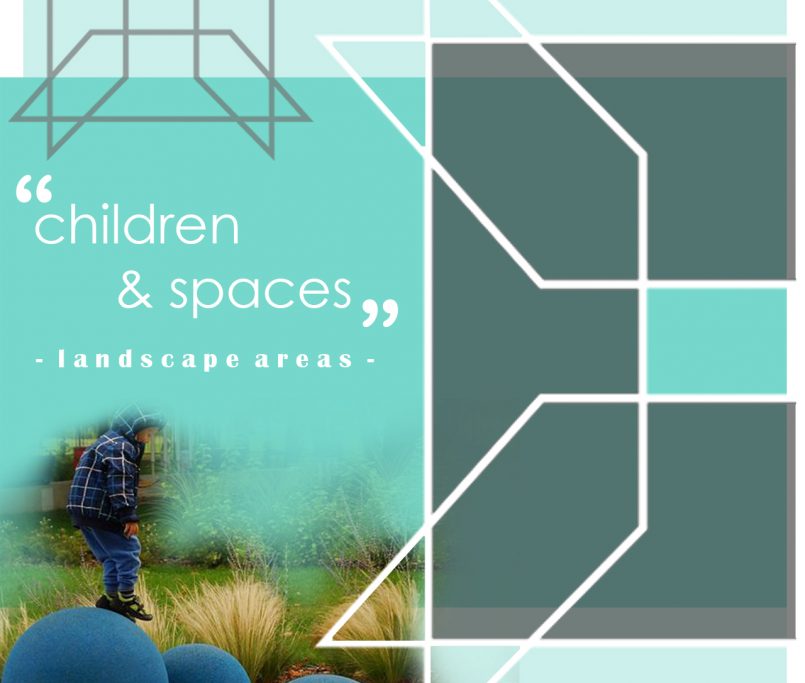Green Architecture – Efficient Energy & Water Usage
Active Energy
In green architecture, the energy issue is approached in two ways; first, by reducing the energy needed by buildings, and secondly, by using clean energy sources. This way, both the energy performance of buildings improves and greenhouse gas emissions in energy production are reduced.
1-) Energy Performance
The energy performance of a building is dependent on its design. Factors such as mass, orientation, construction techniques, materials used, mechanical and electrical systems, and more all affect the building’s energy usage. Therefore, to create an energy-efficient structure, an integrated design approach must be taken from the beginning and throughout the process.
2-) Energy consumption management
Measurement and evaluation of energy consumption support energy management and help identify additional opportunities for energy savings.
3-) The control of refrigerant gases
The chemicals known as chlorofluorocarbons (CFCs) released from cooling devices significantly damage the ozone layer and contribute to climate change. It is necessary to ban or restrict the use of CFC-based refrigerants in the building equipment comprising these devices.
4-) Using renewable energy
The energy obtained from renewable sources such as solar, wind, and biomass helps reduce environmental pollution, prevent factors that can lead to climate change and harm human health. Renewable energy can be integrated into the building design or purchased for use. In Turkey, solar energy is commonly used in buildings, with rooftops covered with photovoltaic panels to generate electricity. However, energy can also be obtained from different sources such as wind, biomass, and geothermal.
Water Usage
When starting to address the efficient use of water, it is necessary to answer the question ‘what causes water consumption?’ The needs and consumption of structures with different functions such as residences, hospitals, laboratories, and factories will vary. By focusing on what causes the most water consumption, efficiency can be improved.
1-) Management of water consumption
Measures can be taken to reduce water consumption by measuring the needs and current consumption levels according to different functions. For example, mechanical systems used for cooling in an advanced laboratory building may consume a significant amount of water. Measurement and evaluation can help control water consumption in the long run.
2-) Non-building water consumption
Whether you are an architect or a building user, you should know that environmental irrigation is an important factor in water consumption. For example, creating a garden covered with lush green grass in a southern region means consuming water carelessly. The plants and trees in the landscape should be selected from species that are suitable for the region’s climatic conditions and do not require a lot of water. Other options include using collected rainwater or recycled water and choosing systems such as drip irrigation.
3-) Indoor water consumption in buildings
Greywater in buildings; the water collected from shower, bathtub, and sink can be treated and reused to reduce drinking water consumption. Additionally, selecting efficient fixtures, plumbing components, and appliances can make a significant difference.




